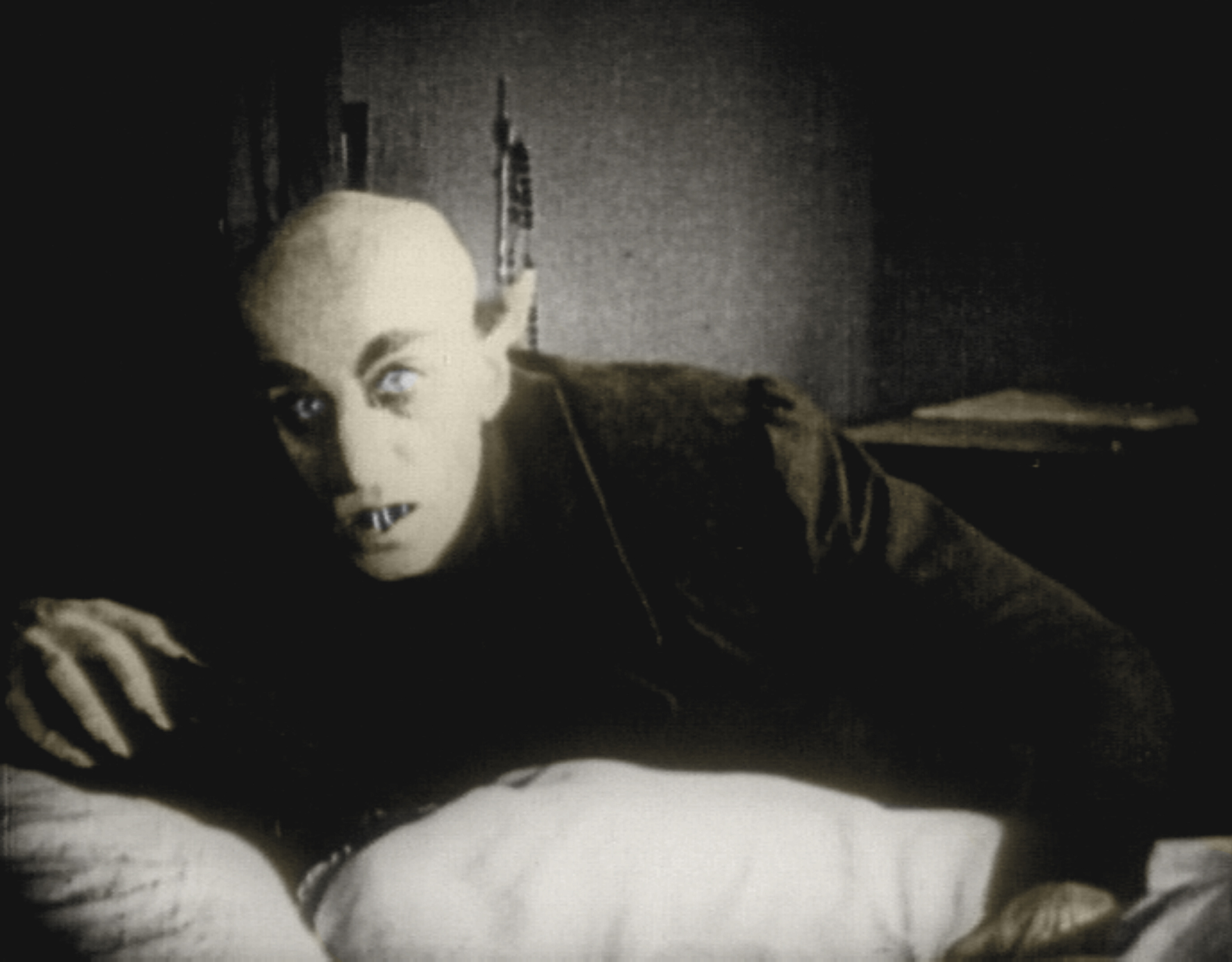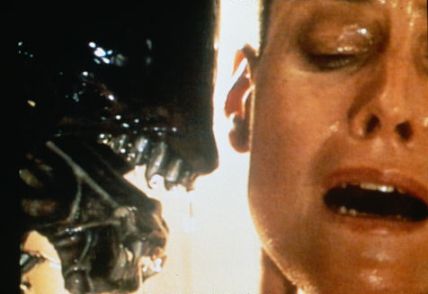 Nicolas Bourbaki: A Symphony of Horror
Nicolas Bourbaki: A Symphony of Horror
Nicolas Bourbaki is the Evil Genius Who Never Was that Ate the Soul of Mathematics.
Worse, he sucked the blood clean out of the entire subject leaving only a Dessicated Husk to Haunt the Musty Corridors of Academe.
A huge array of contemporary issues in Science Education and the Motivation of Youth to study Science, Technology, Engineering and Mathematics, STEM, subjects can be traced to the influence of this one fictitious person.
How so, you may well ask? How could a fictitious character, in the Mathematical Sciences of all places, lay waste to Society? Well, perhaps I exaggerate some concerning Society at Large, but certainly Bourbaki has damaged the Society of Mathematicians.
This happened over many years starting in 1935 with a founding group of exemplary French Mathematicians. They formed a group and published anonymously under the pseudonym: Nicolas Bourbaki.
The official title for this group is:
Association des collaborateurs de Nicolas Bourbaki
The ambitious purpose was to place all of mathematics on a rigorous foundation.
In the way of these things, the purpose for which the group was founded was preceded by the demonstration of its futility.
While the Bourbaki movement was founded in 1935, the Austrian genius Kurt Gödel had just proved, in 1931, that the pursuit of rigor in Mathematics was ultimately to prove a Chimera. There are true statements, propositions in Math-speak, which are simply undecidable within the axiomatic system.
There is an element to mathematical invention which lays beyond logic.
One can pursue rigorous arguments to support the Towering Edifice of Mathematics but the result is a Tower of Babel. The problem is that there will remain statements within any axiomatic system which are undecidable within it. Such self-referential propositions point outside any axiomatic system and declare it to be logically incomplete.
In the vernacular, logic ain’t everything it is cracked up to be.
I should hasten to add… this does not make Mathematics less useful. In truth, it makes mathematics more interesting since it highlights that which exists beyond logic.
When a real Mathematician creates new Mathematics there is an operation in play which exists beyond mere deductive logic. There is a genuine creative force. The identification of axiomatic systems, especially new axiomatic systems, is a creative exercise Ex Nihilo. You simply cannot derive axioms from axioms.
Unfortunately, the Bourbaki movement took root in Mathematics Departments and spread like wildfire. Coming fast on the heels of the Great Insight of Gödel came a mighty social movement to Make Mathematics Rigorous. It became a veritable Crusade.
The leaders involved comprised a Who’s Who of the French Elite:
Henri Cartan
Claude Chevalley
Andre Weil
Undoubtedly they are counted among the first rank of 20th Century mathematicians.
However, in light of Gödel, the movement was destined to fail from the get go.
Bourbaki produced a huge array of formal material on foundational issues in mathematics. However, it also led to a delusion among mathematicians, and later physicists, that true and correct thought was a rigorous: Definition, Theorem, Proof and Lemma style of mathematical discourse.
The idea was that Mathematics must be Kept Pure of Intuition.
Rigor is Bliss.
Of course, the problem is that Mathematics soon Disappears Up It’s Own Functor and becomes: Arid, Dry, Boring and Irrelevant.
When the express purpose is to eliminate intuition it is no surprise that there a few women in sight. Educators are surprised that few young kids want to study mathematics.
Golly Gee, I wonder why?
This brings me to the reason why Bourbaki was anonymous.
It was a direct reaction to the towering presence of the departed genius Henri Poincaré. This man may rightfully be thought of as: The Last Mathematician with a Personality.
Unlike the dry and dull mathematics of today, Poincaré rightfully stressed the development of mathematical intuition. He believed, as I do also, that the ultimate source of mathematical inspiration comes from the human spirit.
Intuition drives mathematical invention.
Just as Poincaré opined, in his reflective work Science and Hypothesis, I maintain that there is an element of invention in mathematical creativity.
Man does not derive Mathematics, but does something far greater, man invents it.
He or she does so in the manner of all invention. Through observation, introspection, experimentation and inspiration. There is not some algorithm at work that simply enumerates dry propositions from some ultimate source of truth.
Evidently, if you wish to Kill a Great Spirit, the spirit exemplified by Poincaré, then you must do so in a group and anonymously. Thus was the Great Hatchet Team of Nicolas Bourbaki born. They hacked away at the Spirit of Mathematics until it was dead.
Now there is almost nothing left of the great motivating creative force in mathematics.
It is dry, dull and actively shunned by students. It is considered abstract, tedious and impenetrable. All of the interesting mathematics happens outside of Mathematics.
It surfaces in the Computer Science approach to classical dynamics.
It pops up in the Isogeometric Analysis of NURBS-adapted Finite-Element Analysis.
It lurks in the role of Generating Functions in the area of Adiabatic Quantum Computing.
Decoding the above, I will explain the connections:
How do we understand and represent physical law in a world of software algorithms?
How do we pass between the representation and design of artifacts alongside modeling their behavior?
Where do solutions to hard problems come from and is it the programmer who solves the problem or the computer?
There is a huge amount of work to be done in getting mathematics back into shape.
I believe that this Sad and Sorry Carcass can be Re-Animated.
Today I announce the formation of a counter-insurgency group:
Association des agents provocateurs pour éliminer de Nicolas Bourbaki
We have Silver Bullets, Wooden Stakes and Buffy Attitude.
Who’s Afraid of Nicolas Bourbaki?
Rigor leads to Rigor Mortis.

 Nicolas Bourbaki: A Symphony of Horror
Nicolas Bourbaki: A Symphony of Horror